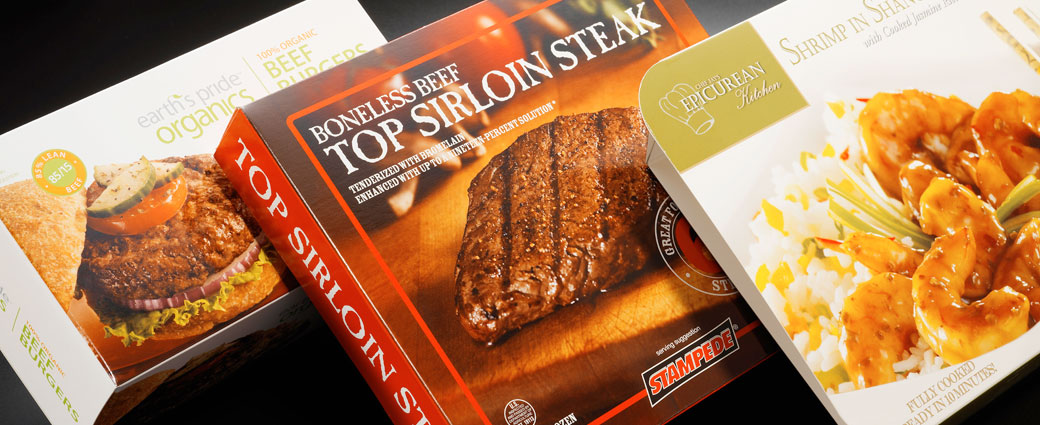
Products are photographed and documented like never before, and people love to share their opinions on them with their social networks. According to Michela Vallalta, director of consumer intelligence for Tetra Pak, with consumers of every age and class—including celebrities, presidents, and even the pope—documenting their opinions and the daily moments of their existence with posts, tweets and selfies, retailers have realized that they’re selling much more than products: lifestyle is a major factor as well.
Because of this, today’s food and beverage companies are under considerable pressure to connect with modern consumers’ self-images, and still include elements such as functionality and sustainability with style into the design of their products. Here are a few things to consider when developing custom retail packaging for the food and beverage industry.
Design With the Digital Age in Mind
In today’s world, the concept of shelf appeal has a new meaning. The number of places and ways consumers shop today requires a modern approach. An effective method in the grocery aisles might be too subtle or simply not large enough to jump out from the smartphone of someone placing a grocery pick-up order during his or her commute.

Creative print and finishing techniques, eye-catching graphics, and bold colors are just a few of the elements that characterize modern campaigns. In the two-dimensional digital shopping space, flat, fully printable packages have an advantage over curved ones partially covered by labels.
When it comes to frozen or pre-cooked refrigerated foods, there are certain packaging elements necessary to preserve the life of the container. For example, it’s important to use a stock that is heavy enough to withstand the moisture from freezing and refrigeration. This is usually 18 to 24-point, and sometimes as thick as 28-point.
Make the Photography Look Appetizing

Investing in top quality food styling and photography will go a long way in attracting consumers as well. When it comes to food, visual appeal is paramount. The colors must be bright, and the food must look appealing, fresh and ready to eat. The wrong printing process can result in rendering a photo of meat that looks slightly gray, and if that’s the case, customers won’t buy the product. If you’re interesting in experimenting with stock weights, cut-outs, digital art, or structural design elements, we will gladly provide prototypes or samples to get the exact look you desire.
Swimming in a Sea of the Same?

A look down the frozen or ready to eat food aisle will quickly show that the folding carton packaging is homogenous and is a sea of the same. Most food manufacturers are challenged to invest in extra print treatments because they think it is cost prohibitive or that the carton is merely functional.
What if there was a way to introduce a grit coating that made photos of steak look realistic or a way to add debossing to your packaging, but do it in-line on press to keep it cost effective? There is with Press384 from JohnsByrne.
Speed to Market

At JohnsByrne, we produce packaging, including paperboard cartons and sleeves, for regional to national food and beverage companies and their co-packers. Our flexibility and superior customer service is what keep our clients coming back, job after job. We can handle large and complicated jobs, and we have specialized knowledge such as optimizing packaging for smooth machine operation.
Our agile and nimble manufacturing model accelerates speed to market and ensures just-in-time inventory of your packaging. We understand how critical it is to have cartons and sleeves on hand and ready for pack out when your cook is complete. We proudly offer special inventory programs to support your specific needs. Contact us to talk about your ideas today.
Related Posts
As e-commerce continues to expand and the retail environment—in terms of brand display—grows ever more sophisticated, it’s essential for brands to stay on trend with … Premium Packaging Solutions: Following Trends with Real Brand Impact
For companies looking to improve their bottom line, packaging can be a prime target for cost reduction. However, cutting packaging costs is often a balancing … Mastering the Balancing Act: Proven Strategies for Reducing Packaging Costs While Boosting Innovation
Ever since the first cave paintings and sharing of tales around the campfire, we humans have been obsessed with sharing experiences as vividly as possible. … Where Customer Experience Meets Social Media Buzz: Leveraging Unboxing Videos for Your Brand
